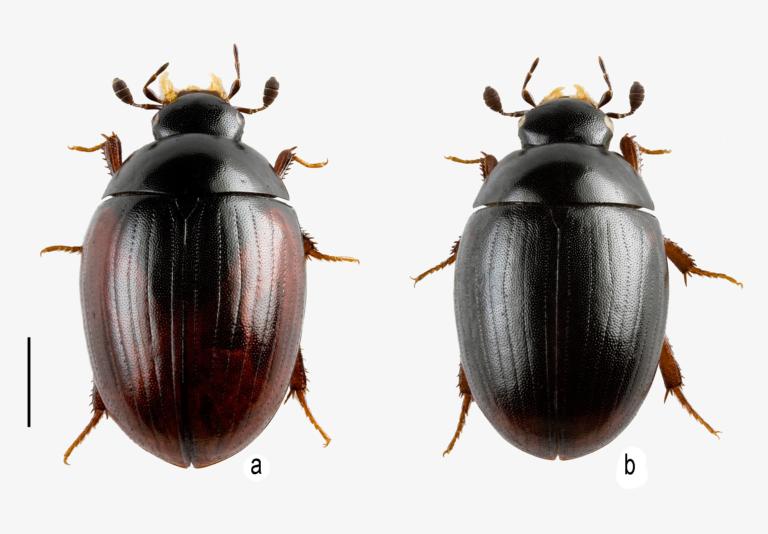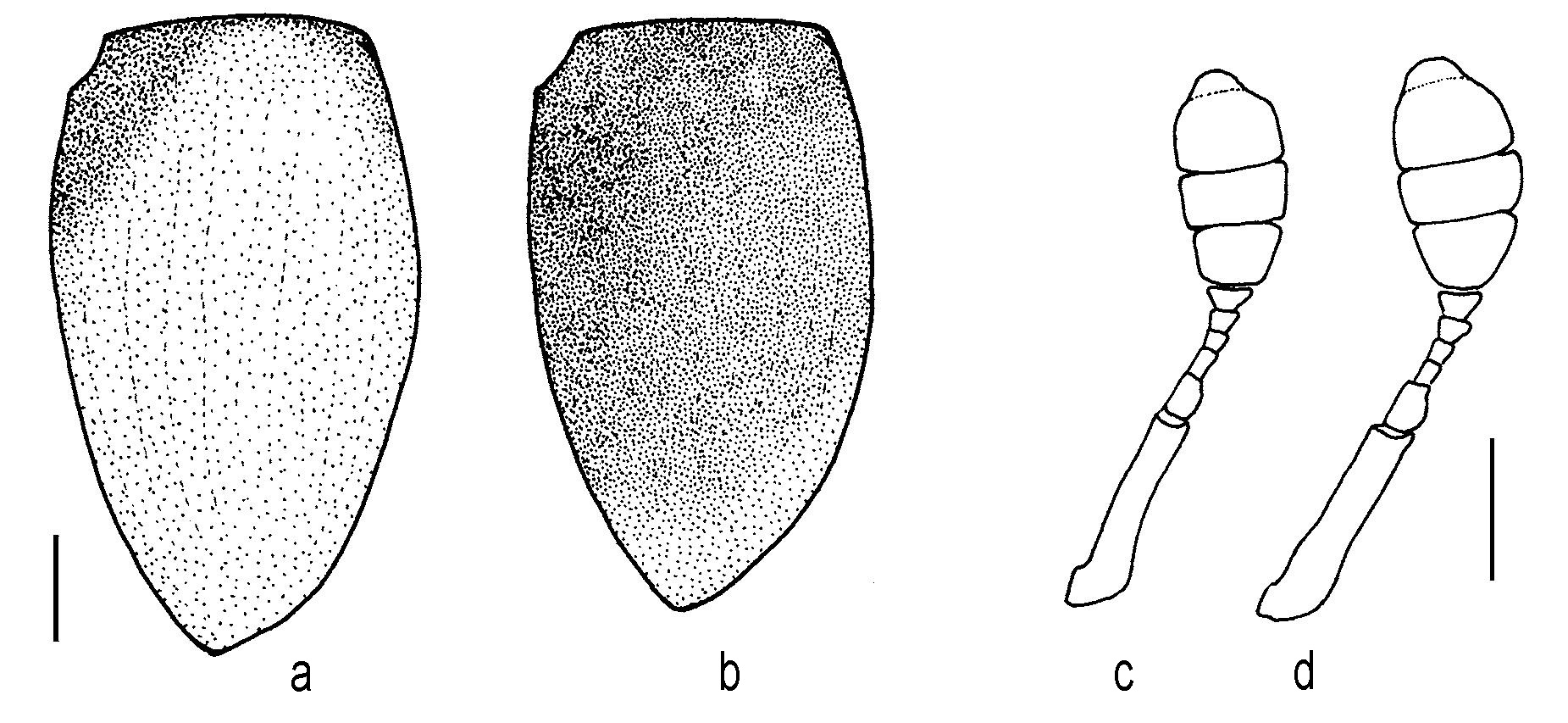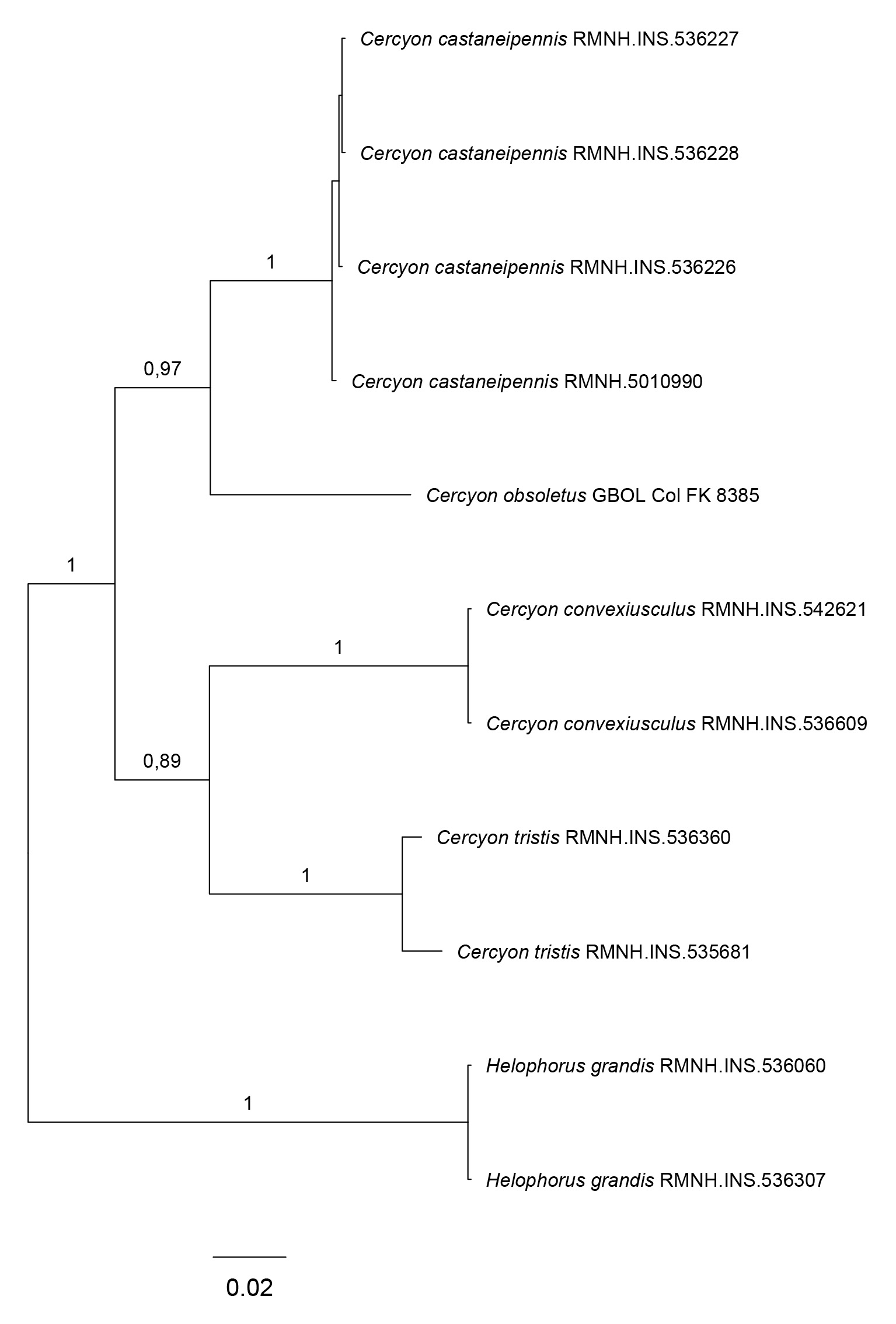
DNA sequences from the common barcoding gene, cytochrome c oxidase subunit I (COI), are nowadays an essential tool when describing new animal species. They can speed up the discovery of difficult to recognize cryptic species. Also they provide a more objective way to species delimitation. The past years our lab provided 10.000s of DNA barcodes to assist biologists in their research.
For hundreds of years biologists relied on morphological characters alone to describe new species. As closely related species might be very similar and difficult to recognize (see example), the precise status of such taxa is often debated by scientists. Today DNA barcoding plays an important role in providing a more objective basis to settle taxonomic problems. Also, screening for individuals with an aberrant COI sequence within known ‘species’ helps researchers to detect hitherto overlooked species in an efficient way.
The mitochondrial COI is used as a standard for barcoding. It is present in all animals and it generally shows little variation within species, but sufficient variation in between species to enable the separation of even closely related species. A small tissue sample (cubic mm) is enough for DNA extraction, amplification and sequencing of a barcode at our lab.



